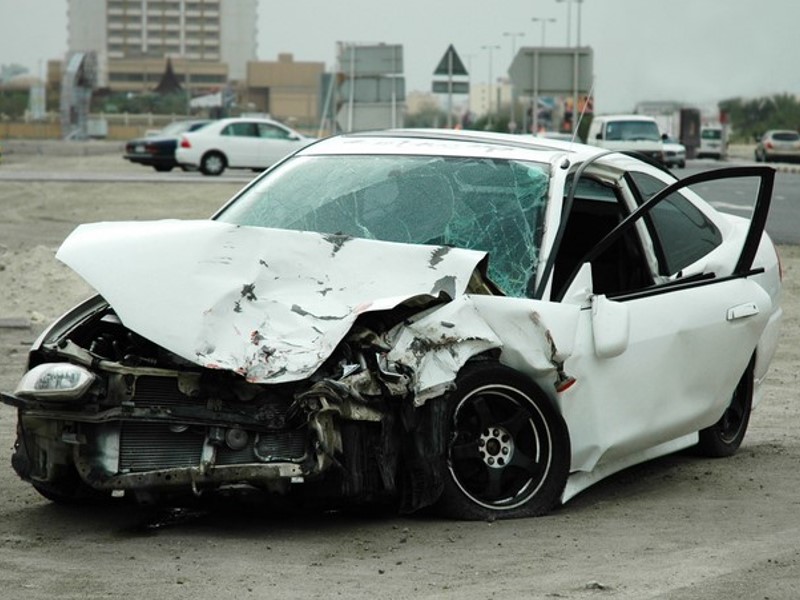Your vehicle will likely suffer from car frame damage if you’re involved in a collision. As you might already know, driving with a damaged frame is quite risky; worse, it might result in more damage if you leave it in disrepair.
But if it’s any consolation, the good news is that frame damage is often repairable. Below are a few basics you should know about vehicle frame damage.
Table of Contents:
What is a Car Frame?
The frame of a car, also called the chassis, is the structural support system of your car. This is made of aluminum or steel and has several purposes and functions, such as:
- Protect the passengers and all internal parts of the car during a collision
- Support the vehicle’s mechanical components
- Support the shape or body of the car
- Support the vehicle’s weight
Car frames have two primary types: the body-on-frame design and the unibody design. A unibody design is meant to be part of the vehicle’s body, which means these two are attached, working together to support the car. This type of frame is common in passenger cars.

Vehicles with a body-on-frame design, or ladder frame, have two different parts that are not attached. It means that the car’s body is usually bolted down to the frame. This style of car frame can be frequently seen in SUVs, buses, and trucks.
Mechanics usually pertain to the vehicle frame according to sectional components including:
- Apron
- A, B, & C pillars
- Core support
- Firewall
- Floor plan
- Quarter panel
- Rear support
- Rocker panel
- Strut tower
- Unirail
Every section has its designated purpose and supports or protects a certain part of the car. Breaking down the frame’s sections makes it easier for mechanics to determine damage and repair it effectively and efficiently.
All About Frame Damage
Frame damage may pertain to any damage to vehicle parts meant to support its structural integrity. The damage is often due to outside forces like disrepair or collisions.
When there is damage to the structural support of the vehicle, it can result in the car being too unstable to drive. It can also expose risk to other parts of the vehicle being supported by the frame. As a result, the potential hazards may end up compromising the safety of passengers because these can make it unsafe to drive the car.
Different frame damage levels can occur depending on the damage’s depth. Minor damage might pertain to injuries to the car frame that don’t directly affect the main structural support of the vehicle.
It can include things like scratches on the paint job of the car or dents in the outer panels. Meanwhile, major damage might pertain to damage jeopardizing the main structural support such as compromised alignment support, crumpled panels, and bent beams.
The crumple zones are areas of the car frame that you must consider when checking for frame damage. These zones are meant to protect passengers during a collision and can be found at the rear or front of the car. The zones are meant to absorb kinetic energy during a collision. They crumple or fold to protect the passengers and ultimately reduce the fatalities among passengers during collisions.






